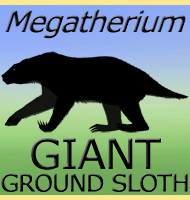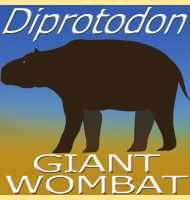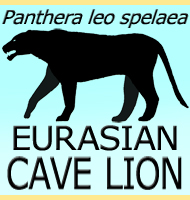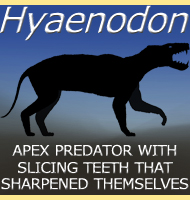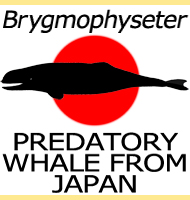

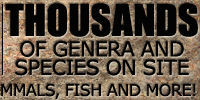
Rusingaceros
Name:
Rusingaceros
(Rusinga horn).
Phonetic: Ru-sing-ah-seh-ross.
Named By: Denis Geraads - 2010.
Synonyms: Dicerorhinus leakeyi.
Classification: Chordata, Mammalia,
Perissodactyla, Rhinocerotidae, Rhinocerotini, Rhinocerotina.
Species: R. leakeyi (type).
Diet: Herbivore.
Size: Unavailable.
Known locations: Kenya, Rusinga Island - Kulu
Formation.
Time period: Burdigalian of the Miocene.
Fossil representation: Partial skulls and mandibles.
Originally named as a Miocene species of Dicerorhinus, D. leakeyi was re-described as a distinct genus named Rusingaceros in 2010. Rusingaceros is a Miocene aged rhinoceros, the best fossils of which were found upon Rusinga Island which is situated on Lake Victoria, the largest lake on the African continent.
Further reading
- Chapter 34: Rhinocerotidae, by Denis Geraads. - In
Cenozoic Mammals of Africa. - University of California Press.
pp. 675–689, L. Werdelin & W. J. Snders
(eds) - 2010.
----------------------------------------------------------------------------
Random favourites
 |
 |
 |
